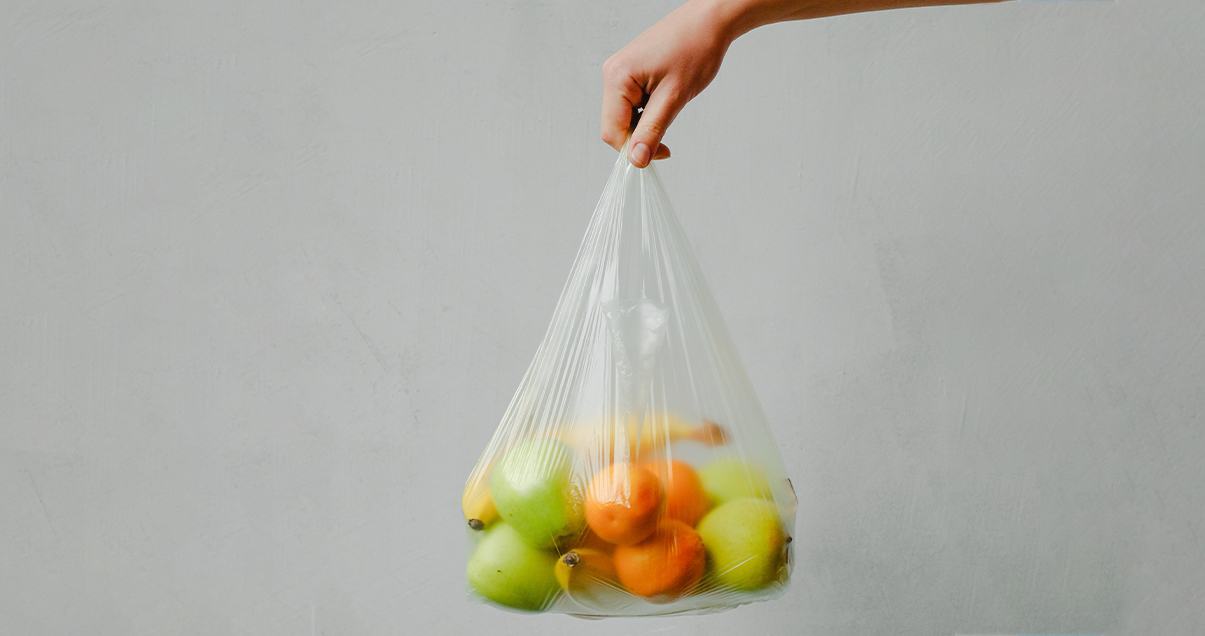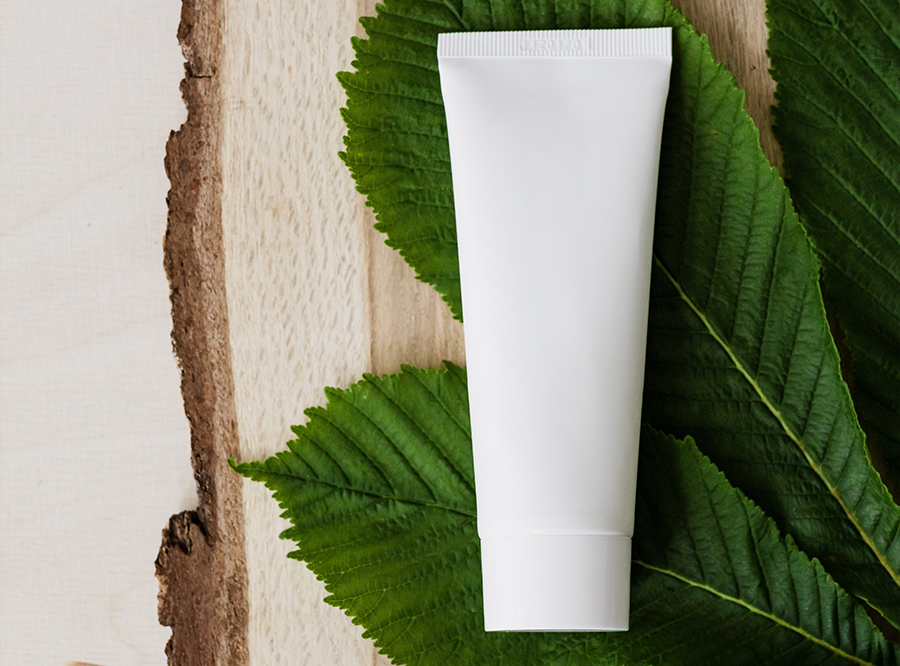On the limits of recycling

Bioplastics currently seem to be the only alternative to petroleum-based plastics. Researchers are working on a wide range of materials for this purpose. Biologically producible and degradable bioplastic variants such as polylactic acid (PLA), polyhydroxyalkanoates (PHA) and polybutylene succinate (PBS) are proving to be extremely promising. But still resources, production and recycling needs to ensure that macro- and microplastics no longer become part of our rivers and oceans. Because also bioplastics can harm living creatures, especially in the ocean. To break this cycle, it is essential to integrate bioplastics into a sophisticated recycling system. To understand this recycling process further.
SONNENALLEE spoke with Ms. Constance Bruckner from the bioplastic industry association European Bioplastics.
Ms. Ißbrücker, you work for the industry association European Bioplastics, which seeks to raise awareness of bioplastics. But the Federal Environment Agency, environmental associations and the media all tend to be rather critical of this subject. Are they right, or are there materials and uses that you consider to be truly sustainable and also affordable?
Constance Ißbrücker: In actual fact, there are lots of truly sustainable bioplastics made from renewable raw materials that are both biodegradable and recyclable. For packaging that is used for perishable and compostable items, including flowers and foodstuffs, like fruit and vegetables biodegradability makes sense. It is a sensible option when it comes to packaging for peppers, for example, but less so for a shampoo bottle. The list of environmentally and economically ethical uses for bioplastics also includes compostable coffee capsules and – something that is not as widely known – teabags, which are partly made of non-degradable plastic.
On a side note, we are able to back up all these statements with studies and research work. It is a shame that the media seldom asks us to comment on this.
It is true that people like to simplify complex subject matter.
CI: Despite being a chemist myself and having been researching biopolymers in the lab for many years, I still find it a complex subject to grasp. It is not an easy process to identify and evaluate the many different alternative materials to petroleum-based plastics, and it can often be somewhat of a closed book for outsiders.
But bioplastics already enjoy a certain level of acceptance in Germany. There are certain conditions under which the country allows organic waste bags made from biodegradable raw materials to be put in the organic waste bin.
CI: Yes, that is probably the only common ground we share with the Federal Environment Agency and some of the composting facility operators. But we encounter resistance here, too, because the standard states that bags should need twelve weeks to degrade in composting facilities. However, most facilities no longer work to such a long holding time. There is far too little awareness that the majority of materials actually break down a lot quicker then this; in other words, within the timeframes imposed by the facilities. This is due to the fact that the tests undertaken generally use a bioplastic film, which is a lot thicker than the material that is actually used to make the bags. A study was carried out in Germany in 2020 proving that bioplastic products degraded in line with the regulations at the majority of the composting facilities tested and were not a source of microplastics in the compost at these facilities.
But materials that degrade within the timeframes required by these facilities would have to be labelled for consumers. This is not the case at present.
CI: That’s right. So far, there are only labels verifying degradation within a twelve-week period. But there are already initiatives underway in many countries to introduce an additional label to indicate a shorter disintegration time. The EU standard is also expected to be revised soon. At the same time, we are engaging in a dialogue with the composting facility operators to identify appropriate holding times.
Our neighbors, particularly France and Italy, have much stricter rules on the compostability of bioplastics.
CI: Yes, France has a rule stipulating that bioplastic bags from the supermarket, for example, must be compostable not only industrially but also at home. This means that they must break down in the compost heap at home within a prescribed period of time. Not only does this require them to be made of the right materials, but it also involves extensive consumer information – because compost needs to be forked through and dug over thoroughly. There are standards with specific requirements on this as well.
Is it really a good idea to compost bioplastics in your own garden, which has the potential to then release the material into the environment?
CI: We get the impression that politicians and consumers wish that products would degrade easily in the environment as well. But our association adopts the approach of reducing waste or collecting it and composting it in an industrial facility as part of the circular economy, or recycling waste. Plastics that are already easily recyclable, such as PET bottles, don’t necessarily have to be replaced with bioplastics. It would make sense, in this case, to procure a new material from renewable raw materials that is not yet recycled and that could be used sustainably in the future. This would be a good idea in the automotive and electronics industries as well. After all, these industries are equally preoccupied by becoming gradually less dependent on fossil resources and using more sustainable solutions.
But recycling does have its limits.
CI: It is wrong to assume that a material or product is going to be recycled interminably. It is most likely going to be burned at the end of its lifecycle. Bio-based plastics have distinct advantages here because, as vegetable raw materials, they have previously absorbed biogenic carbon from the atmosphere – and rerelease it again. This gives them a significantly better carbon footprint.


What about harmful substances? There was a report in the media recently that provided evidence of harmful substances in food packaging made of bioplastics.
CI: Yes, it was about a study by the University of Frankfurt, which essentially only found out that bioplastics contain as many chemical substances as conventional plastics. Both groups nonetheless still meet stringent EU safety requirements. The media report suggested that the bioplastic products industry had made a different claim – which is not true. Although it is true that compostable food packaging, for example, is slightly safer than packaging made from conventional plastics. To be specific, it is required to pass additional tests to verify its compostability and observes some stricter requirements.
Thank you very much for the informative interview.

